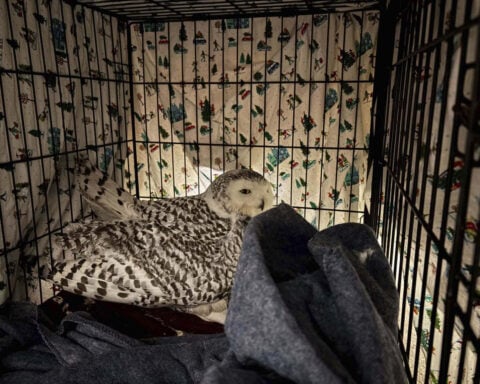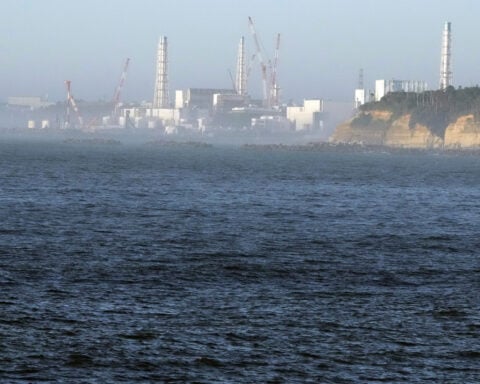WASHINGTON (AP) — Southern staples like magnolia trees and camellias may now be able to grow without frost damage in once-frigid Boston.
The U.S. Department of Agriculture’s ” plant hardiness zone map ” was updated Wednesday for the first time in a decade, and it shows the impact that climate change will have on gardens and yards across the country.
Climate shifts aren’t even — the Midwest warmed more than the Southeast, for example. But the map will give new guidance to growers about which flowers, vegetables and shrubs are most likely to thrive in a particular region.
One key figure on the map is the lowest likely winter temperature in a given region, which is important for determining which plants may survive the season. It's calculated by averaging the lowest winter temperatures of the past 30 years.
Across the lower 48 states, the lowest likely winter temperature overall is 2.5 degrees (1.4 degrees Celsius) warmer than when the last map was published in 2012, according to Chris Daly, a researcher at Oregon State University’s PRISM Climate Group, which collaborates with the USDA's Agricultural Research Service to produce the map.
Boston University plant ecologist Richard Primack, who was not involved in the map project, said: “Half the U.S. has shifted to a slightly warmer climatic zone than it was 10 years ago." He called that “a very striking finding.”
Primack said he has noticed changes in his own garden: The fig trees are now surviving without extensive steps to protect them from winter cold. He has also spotted camellias in a Boston botanical garden and southern magnolia trees surviving the past few winters without frost damage. These species are all generally associated with warmer, more southern climates.
Winter temperatures and nighttime temperatures are rising faster than daytime and summer temperatures, Primack said, which is why the lowest winter temperature is changing faster than the U.S. temperature overall.
As the climate shifts, it can be tricky for plants — and growers — to keep up.
“There are a lot of downsides to the warmer winter temperatures, too,” said Theresa Crimmins, who studies climate change and growing seasons at the University of Arizona and was not involved in creating the map. “When we don't have as cold winter temperatures, we don't have as severe die-backs of insects that carry diseases, like ticks and mosquitoes.”
She added that hotter, drier summers in some regions may kill plants that once thrived there.
“You wouldn’t want to plant plants that aren’t adapted right now for where you’re living," she said.
___
The Associated Press Health and Science Department receives support from the Howard Hughes Medical Institute’s Science and Educational Media Group. The AP is solely responsible for all content.

 China's CATL to seek Hong Kong listing
China's CATL to seek Hong Kong listing
 Holiday shoppers increased spending by 3.8% despite higher prices
Holiday shoppers increased spending by 3.8% despite higher prices
 Dollar edges up on bets of US growth, inflation
Dollar edges up on bets of US growth, inflation
 Russia declares federal emergency over Black Sea oil spill
Russia declares federal emergency over Black Sea oil spill
 Israeli military loosened rules of engagement at start of Gaza war, New York Times reports
Israeli military loosened rules of engagement at start of Gaza war, New York Times reports
 US sex-abuse watchdog fires investigator after learning of his arrest for stealing drug money
US sex-abuse watchdog fires investigator after learning of his arrest for stealing drug money
 Hwang Dong-hyuk on killing off his 'Squid Game' characters and wanting to work with Jake Gyllenhaal
Hwang Dong-hyuk on killing off his 'Squid Game' characters and wanting to work with Jake Gyllenhaal
 Erling Haaland misses penalty and Man City drops more points after 1-1 draw with Everton
Erling Haaland misses penalty and Man City drops more points after 1-1 draw with Everton








